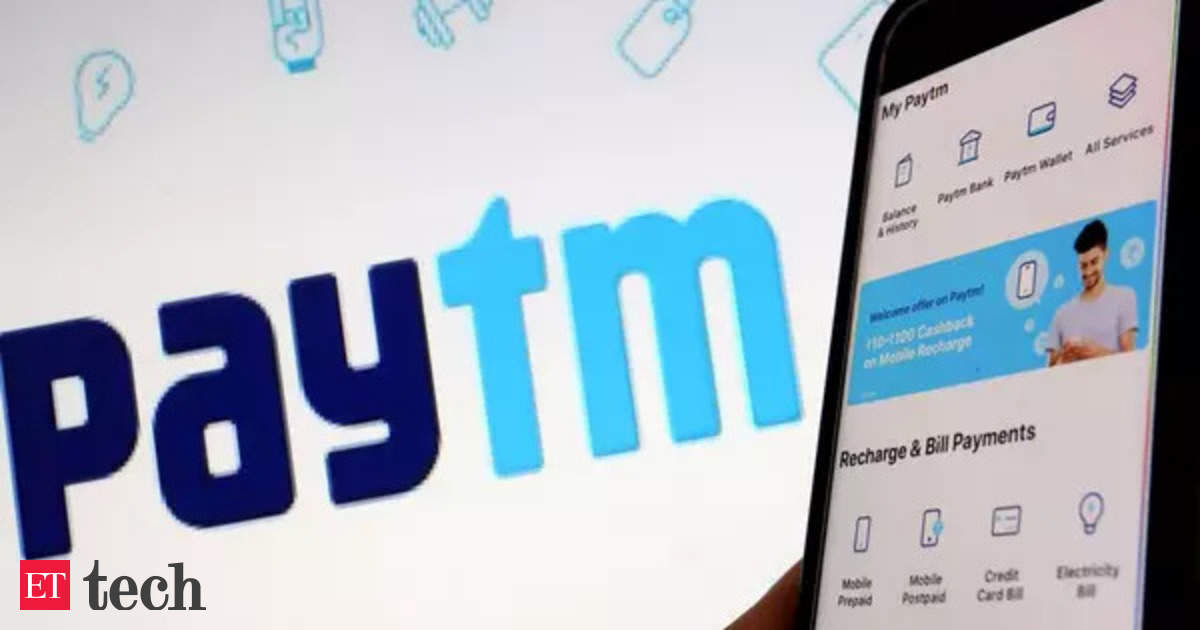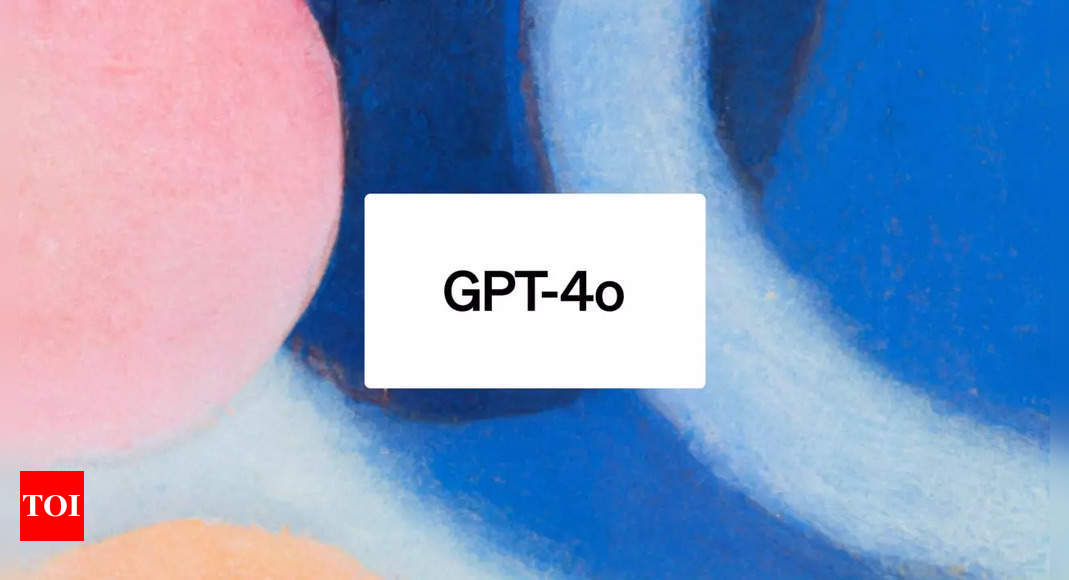Digital payments player Paytm is waiting for regulatory approval from the Reserve Bank of India (RBI) to transfer its settlements business from Paytm Payments Bank to other lenders. However, concerns surrounding the Know Your Customer (KYC) process may hinder the approval process. According to two senior bankers, the RBI’s guidance is essential before they can proceed with the transfer. The RBI has not yet responded to inquiries regarding this matter.
The KYC process requires potential customers to provide original identity documents to a bank before accessing its services. The RBI allows digital KYC through video verification. The bankers interviewed by ET emphasized the need for caution when doing business and emphasized the importance of the KYC process for both merchants and customers. The actual number of properly KYC-ed Paytm users will also be scrutinized. However, no concrete decision has been reached, and conversations are ongoing at various levels.
On January 31, the RBI ordered Paytm Payments Bank to cease offering basic banking services by February 29. This decision came as a shock to the banking and fintech industry, and many believe that recovering from this situation will be a significant challenge for the bank. In contrast, when Yes Bank faced a similar situation in 2020 and was placed under an embargo, digital payments player PhonePe quickly transitioned its banking business to ICICI Bank.
Moving the settlements to one single bank may not be feasible for Paytm due to the company’s massive scale of business. At least three other lenders, including Axis Bank, HDFC Bank, and Yes Bank, are being considered for the transfer. However, banks are cautious about fraudulent merchants entering the banking ecosystem through this process and are awaiting the RBI’s blessing before proceeding. Paytm’s COO, Bhavesh Gupta, explained that there are two possible ways of migrating the business: through a fresh acquisition or by transferring the existing business. The size of Paytm’s business is immense, processing billions of incoming payments and bill payment transactions, which poses a challenge for any bank aiming to support this incremental load.











